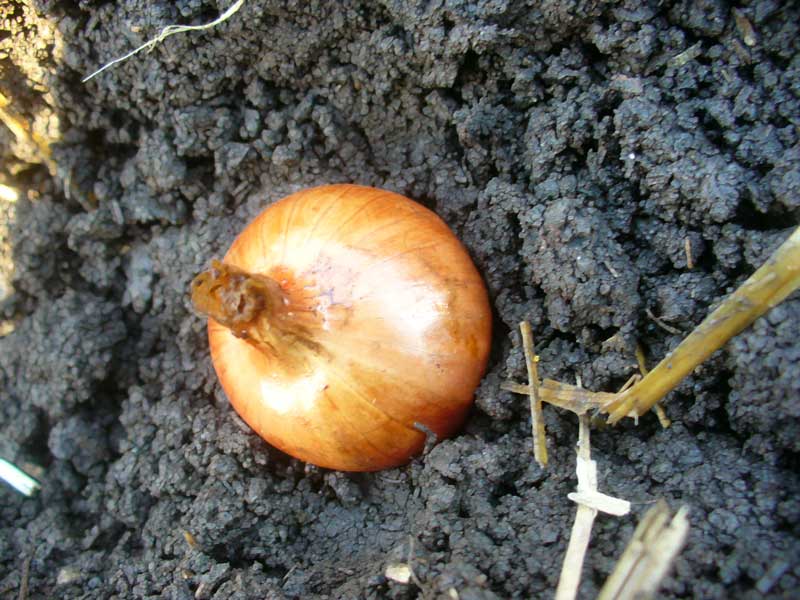How to Grow Shallots
Shallots can be planted in the fall or in early spring. It is best to plant shallots in late winter or the early spring in colder areas.
We are at gardening zone 5-6 and have successfully planted Grey shallots in the late winter (January) and Red French shallots in the spring.
In zone 5 or warmer, shallot bulbs can be planted after the first frost of autumn.
Most sources strongly recommend that anyone in zone 4 or below wait to plant shallots until early spring. Luckily the French Red shallots keep very well in a cool, dry, well ventilated dark area.
Growing Shallots
Shallot Planting
Plant in a sunny location.
Shallots like a rich, well drained soil with a pH of at least 6.5. If your soils are acidic add lime to correct pH.
Individual bulbs should be planted root end down. Do not plant deep; the tops should just be under the soil.
Bulbs should be spaced 6-8 inches apart within a row. Rows should be 10-14 inches apart.
Mulching: some shallot growers advise against mulching bulbs as they feel this may rot the bulbs. Shallot shoots are weak and may not be able to push through the mulch.
Shallot Care
As the shallot grows it will form a cluster of 4-12 bulbs around the original bulb.
Shallots like water but only if soil drainage is good. Excess moisture will rot shallots. Soil should dry between waterings.
Some growers recommending raised beds or rows for shallots to prevent rot.
Fertilize lightly in the spring before bulbs begin to develop.
Harvest when tops begin to yellow and die.
Pull up the bulb clusters and allow to dry in a shady well ventilated area. Do not leave shallots in the sun to dry. Like garlic, shallots can sunburn and rot when exposed to too much sun.
Bulbs can be stored for up to 12 months at their optimal temperature of 35-45F.
What are True or Traditional Shallots?
Our shallots are true shallots. True shallots do not bear or set seed. Like garlic, they can only be propagated vegetatively.
French shallot farmers only grow the true shallot. Why you ask? It is because French chefs prefer the vastly superior flavor of the true shallot over that of the 'false shallot' (also called a multiplier onion).
Some people consider shallots the tastiest member of the onion family.

